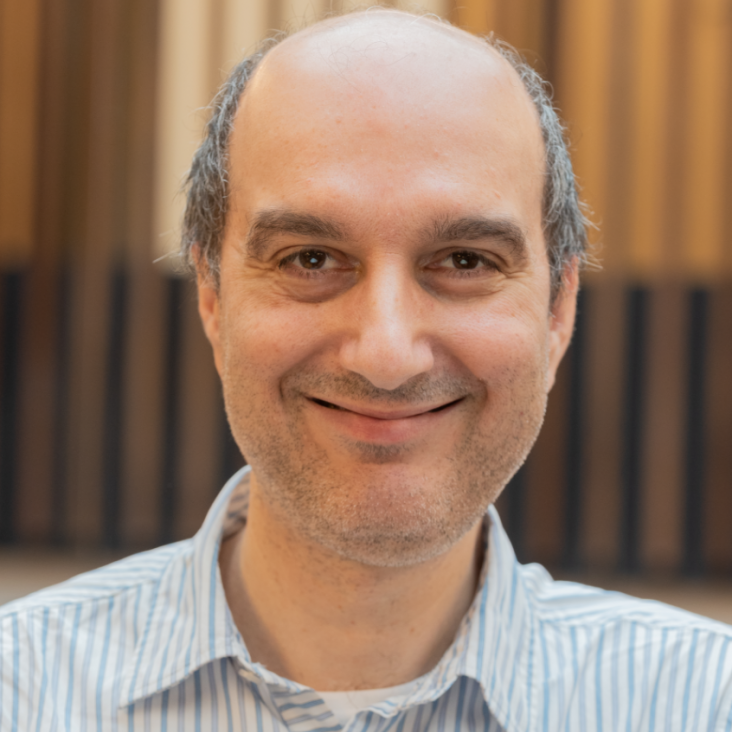Design of a sub 100-femtosecond X-ray Streak Camera
2009 Conference on Lasers and Electro-Optics and 2009 Conference on Quantum Electronics and Laser Science Conference, CLEO/QELS 2009 (2009)
Abstract:
The temporal resolution of existing streak cameras are limited by electron transit time dispersion. Here we present a state-of-art design compensating this to achieve a breakthrough of 100fs time resolution. ©2009 IEEE.Measurements of radiative shock properties using X-ray Thomson scattering
IEEE International Conference on Plasma Science (2009)
A dual-channel, curved-crystal spectrograph for petawatt laser, x-ray backlighter source studies
Review of Scientific Instruments 80:8 (2009)
Abstract:
A dual-channel, curved-crystal spectrograph was designed to measure time-integrated x-ray spectra in the ∼1.5 to 2 keV range (6.2-8.2 Å wavelength) from small-mass, thin-foil targets irradiated by the VULCAN petawatt laser focused up to 4× 10 20 W/ cm 2. The spectrograph consists of two cylindrically curved potassium-acid-phthalate crystals bent in the meridional plane to increase the spectral range by a factor of ∼10 compared to a flat crystal. The device acquires single-shot x-ray spectra with good signal-to-background ratios in the hard x-ray background environment of petawatt laser-plasma interactions. The peak spectral energies of the aluminum He α and Ly α resonance lines were ∼1.8 and ∼1.0 mJ/eV sr (∼0.4 and 0.25 J/Å sr), respectively, for 220 J, 10 ps laser irradiation. © 2009 American Institute of Physics.Free-free opacity in warm dense aluminum
High Energy Density Physics 5:3 (2009) 124-131
Abstract:
We present calculations of the free-free opacity of warm, solid-density aluminum at photon energies between the plasma frequency at 15 eV and the L-edge at 73 eV, using both density functional theory combined with molecular dynamics and a semi-analytical model in the RPA framework which includes exciton contributions. As both the ion and electron temperature is increased from room temperature to 10 eV, we see a marked increase in the opacity. The effect is less pronounced if only the electron temperature is allowed to increase, while the lattice remains at room temperature. The physical significance of these increases is discussed in terms of intense light-matter interactions on both femtosecond and picosecond time scales. © 2009 Elsevier B.V. All rights reserved.Radiation and hot electron temperature measurements of short-pulselaser driven hohlraums
High Energy Density Physics 5:3 (2009) 212-215


